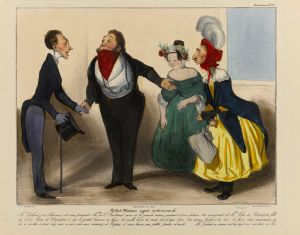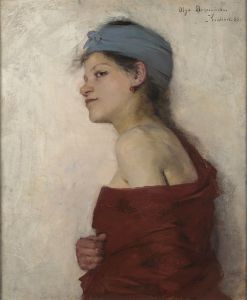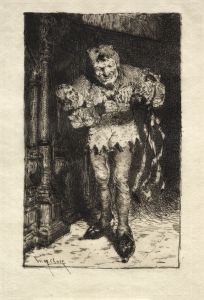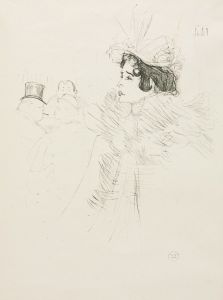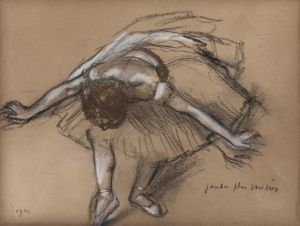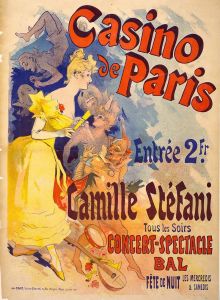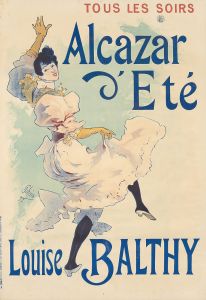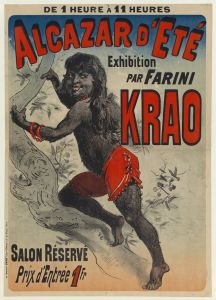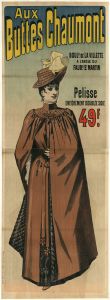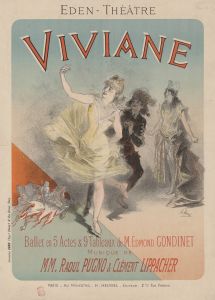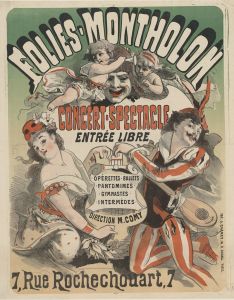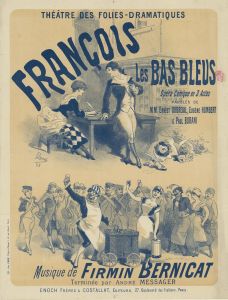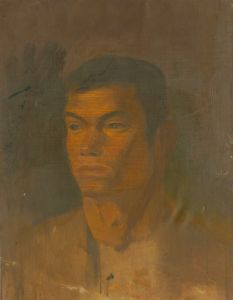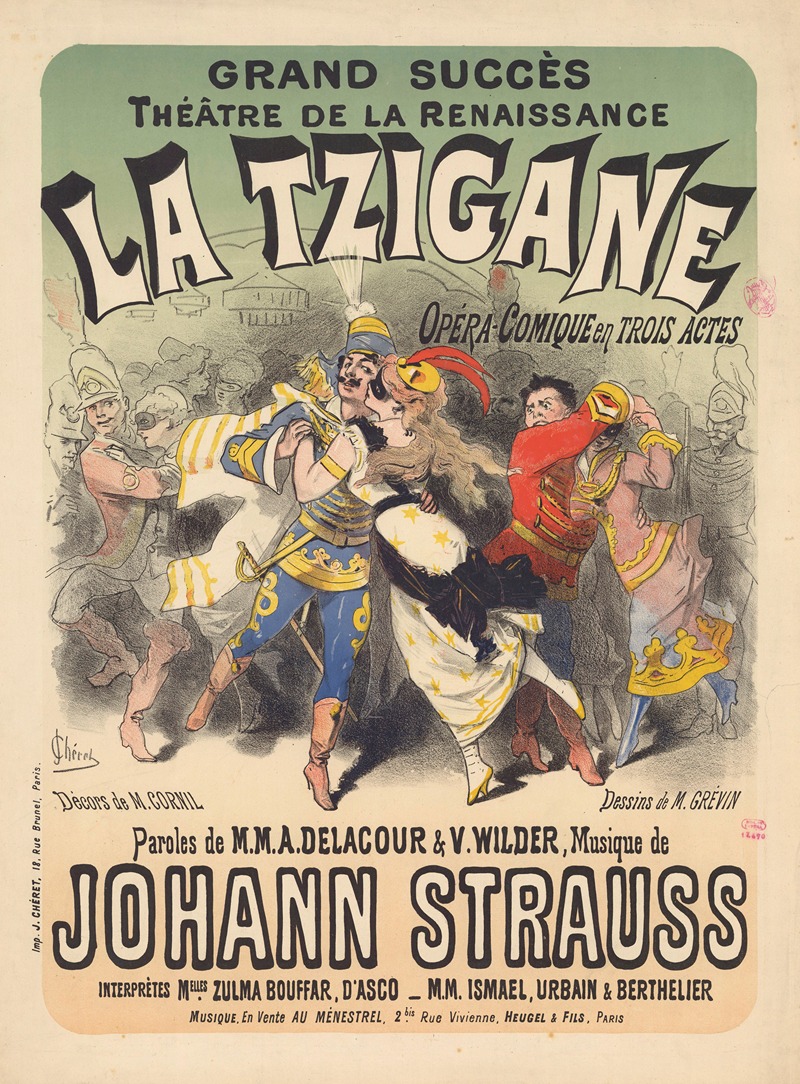
La Tzigane
A hand-painted replica of Jules Chéret’s masterpiece La Tzigane, meticulously crafted by professional artists to capture the true essence of the original. Each piece is created with museum-quality canvas and rare mineral pigments, carefully painted by experienced artists with delicate brushstrokes and rich, layered colors to perfectly recreate the texture of the original artwork. Unlike machine-printed reproductions, this hand-painted version brings the painting to life, infused with the artist’s emotions and skill in every stroke. Whether for personal collection or home decoration, it instantly elevates the artistic atmosphere of any space.
Jules Chéret, a pivotal figure in the development of poster art, created "La Tzigane" in the late 19th century. Known as the "father of the modern poster," Chéret's work played a significant role in transforming the streets of Paris into a vibrant outdoor gallery. His innovative approach combined art and advertising, and "La Tzigane" is a testament to his mastery in this genre.
"La Tzigane" is a lithographic poster that exemplifies Chéret's signature style, characterized by its vivid colors, dynamic composition, and lively figures. The artwork features a Romani woman, often referred to as a "gypsy" in the context of the time, depicted in a moment of dance. Her flowing garments and expressive movement capture the viewer's attention, embodying a sense of freedom and exuberance. This portrayal aligns with the romanticized view of Romani culture prevalent in 19th-century Europe, which often emphasized themes of mystery and exoticism.
Chéret's technique in "La Tzigane" showcases his skillful use of color lithography, a medium he helped popularize. By employing a limited palette of bright, contrasting colors, Chéret was able to create a sense of depth and vibrancy that was both eye-catching and suitable for mass production. This approach not only enhanced the visual appeal of his posters but also made them effective tools for advertising, as they could easily capture the attention of passersby.
The subject matter of "La Tzigane" reflects Chéret's broader interest in depicting scenes of leisure and entertainment, a common theme in his work. During this period, Paris was a hub of cultural activity, with numerous theaters, cabarets, and cafes offering a variety of performances. Chéret's posters often advertised these venues and events, contributing to the lively atmosphere of the city. By featuring a Romani dancer, "La Tzigane" likely served to promote a specific performance or venue, enticing audiences with its promise of exotic and spirited entertainment.
Chéret's influence extended beyond the realm of advertising; he played a crucial role in elevating the status of the poster as a legitimate art form. His work inspired a generation of artists, including the likes of Henri de Toulouse-Lautrec, who further developed the art of the poster. Chéret's posters were celebrated for their artistic merit and were collected and exhibited in galleries, a testament to their enduring appeal and significance.
In summary, "La Tzigane" by Jules Chéret is a quintessential example of the artist's contribution to the evolution of poster art. Through its vibrant depiction of a Romani dancer, the poster captures the spirit of 19th-century Parisian culture and entertainment. Chéret's innovative use of color lithography and his ability to blend art with advertising not only transformed the streets of Paris but also left a lasting impact on the world of graphic design.





